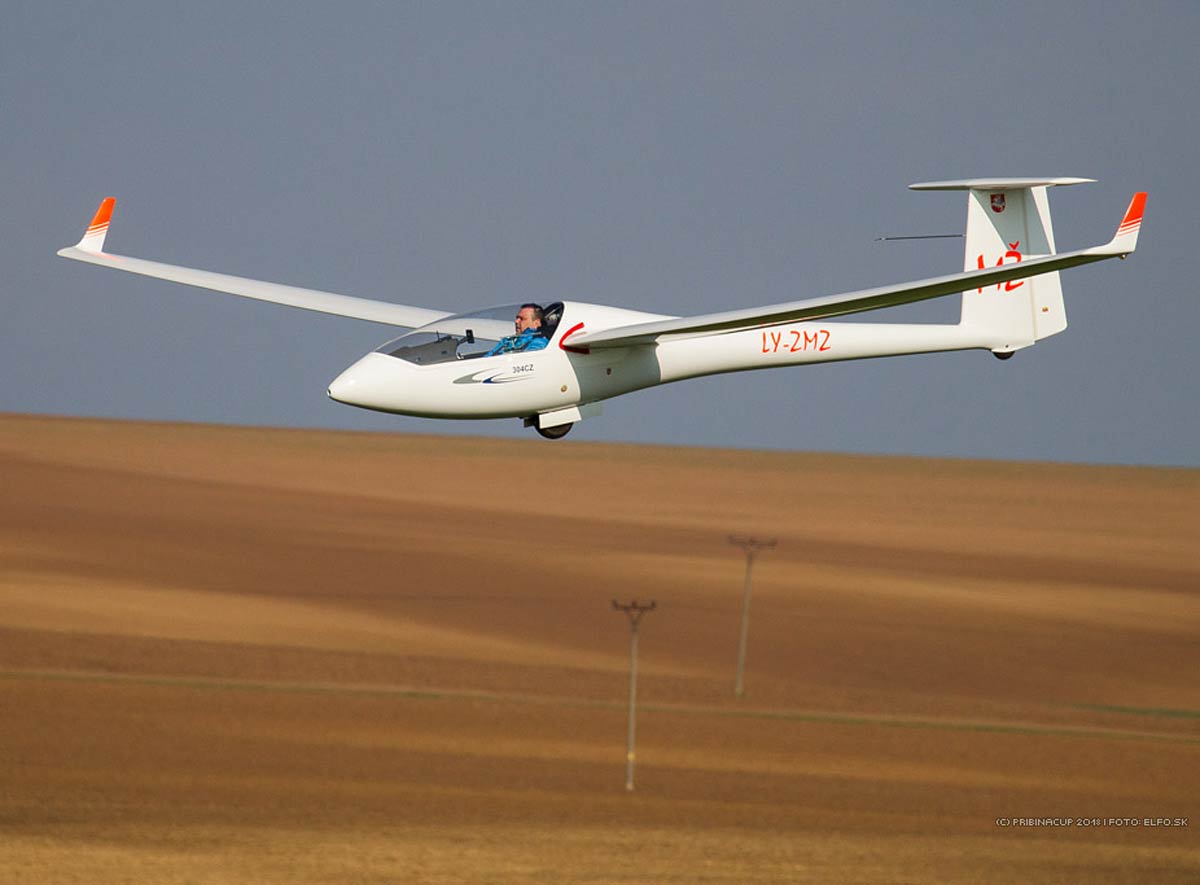More on Netto

Netto vario sometimes called the airmass vario just shows you what the airmass is doing, regardless of your sink rate. So if you are cruising at 100knts, descending at 5knts and the airmass is not moving then it will read 0knts. There are many pilots (now including me) that use that as their preference when in cruise so they can get a better view of what the airmass is doing. Many pilots fly more of a block airspeed vs true McCready and many times having the McCready setting at a lower setting than what the day is proving. There is a past article where I talk about setting to a MC=2.
In cruise you still want to know what the airmass is doing, when is it going up and when is it going down. Some find it more important to know what the airmass is doing over what their actual sink rate is.
Meet the mysterious Super Netto. The flight computer in the Nimbus did not have this option. However many instruments offer it and here are some advantages to using it. It's 'Super', similar to Superman, Superwomen, Super Bowl, and Super Blanik... wait that last one might not be helping my point.
The advantage of super netto is that you get the netto feature while in cruise so you can easily see what the airmass is doing. But it is indicating what your climb rate would be if you stopped to thermal. Which is more than just taking your sink rate from your polar into account. Super netto is showing netto with the increase in the glider sink rate at thermalling speed at a 45 degree bank angle.
Mike Borgelt recommends putting a mark on the outside of the vario at around the 2knt down area to show a "still air" reference point when using super netto. This would still show when encountering good air (netto). Plus it reduces attempting to thermal in rising air that is not rising fast enough to actually get a climb in.
So the real advantage is you can see what the air is doing while in cruise and you can tell what your climb rate would actually be without doing any mental math. Some Varios like the B800 has easy ways to show the trends of what is going on, air getting better or worse, Borgelt uses LED's which are easy to recognize what the trend is. I coached a year at Joey Glide (Australian Junior Nationals) and flew Adam Woolley's Cirrus which had one of the Borgelt series in it and the LED's was very intuitive.
ClearNav displays the number clearly on the top right of the Vario display, you can have it set to netto or super netto. As you start to slow down in lift the number is clearly displayed so you know what your climb rate would probably be. Below is from the ClearNav forum, this is one of their recommendations from their Beta testers.
Pointer: Relative Netto
Audio: Relative Netto
Cruise Averager: Netto
No Sink Tones, Climb or Cruise
Climb/Cruise Switching: Auto
When an external c/c switch is used with auto c/c enabled, the switch selects between "auto" and "climb" modes (highly recommended).
Having the cruise average in netto tells you how the cruise has been and what the airmass is doing, without having the almost 2knts down indication that you would see from super netto being displayed.
Photo: elfo.sk
 Garret Willat holds a flight instructor rating with over 8000 hours in sailplanes. His parents have owned Sky Sailing Inc. since 1979. He started instructing the day after his 18th birthday. Since then, Garret has represented the US Junior team in 2003 and 2005. He graduated from Embry-Riddle with a bachelor's degree in Professional Aeronautics. Garret represented the US Open Class team in 2008 and 2010 and the Club Class team in 2014. Garret has won 3 US National Championships.
Garret Willat holds a flight instructor rating with over 8000 hours in sailplanes. His parents have owned Sky Sailing Inc. since 1979. He started instructing the day after his 18th birthday. Since then, Garret has represented the US Junior team in 2003 and 2005. He graduated from Embry-Riddle with a bachelor's degree in Professional Aeronautics. Garret represented the US Open Class team in 2008 and 2010 and the Club Class team in 2014. Garret has won 3 US National Championships.



